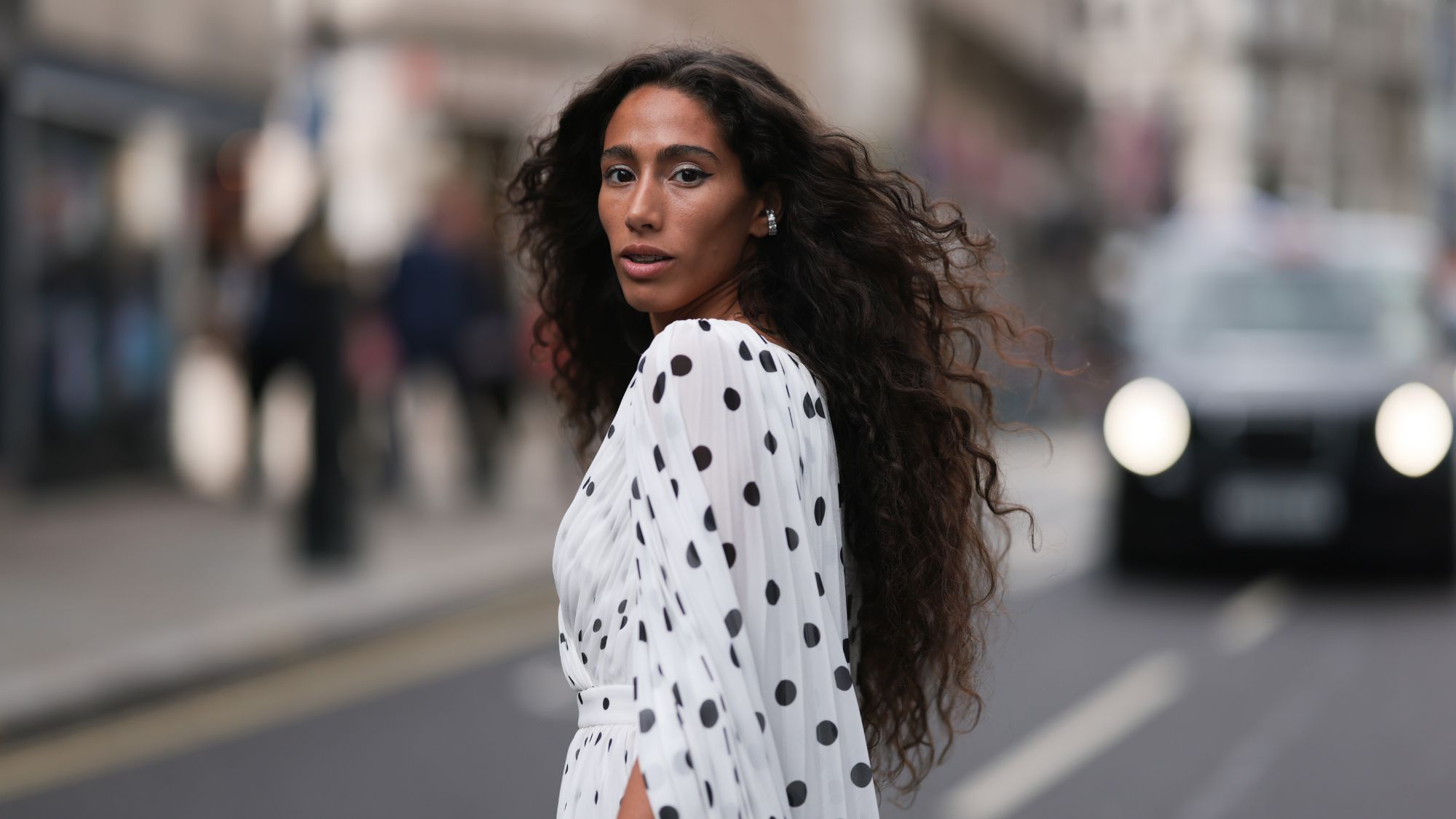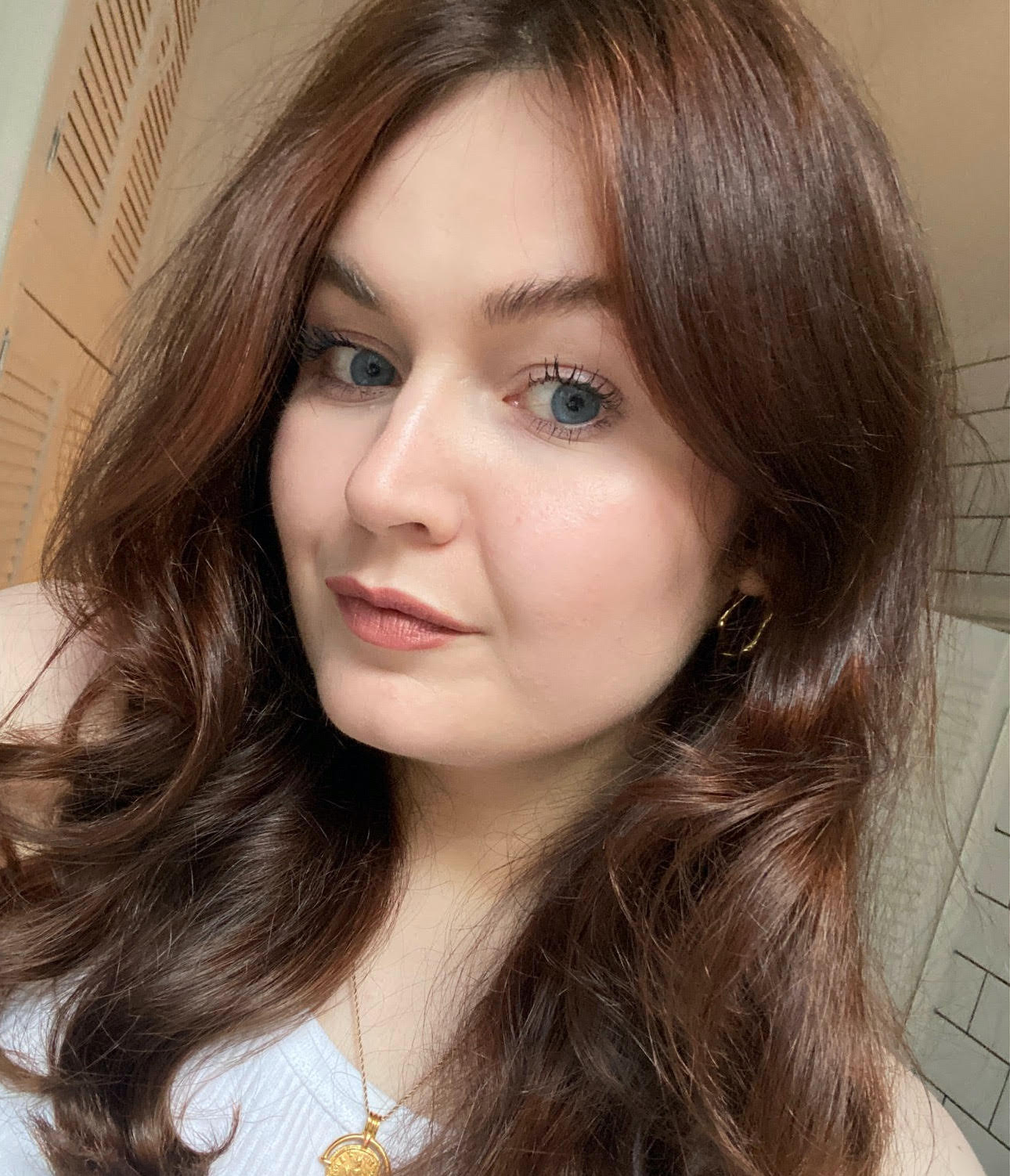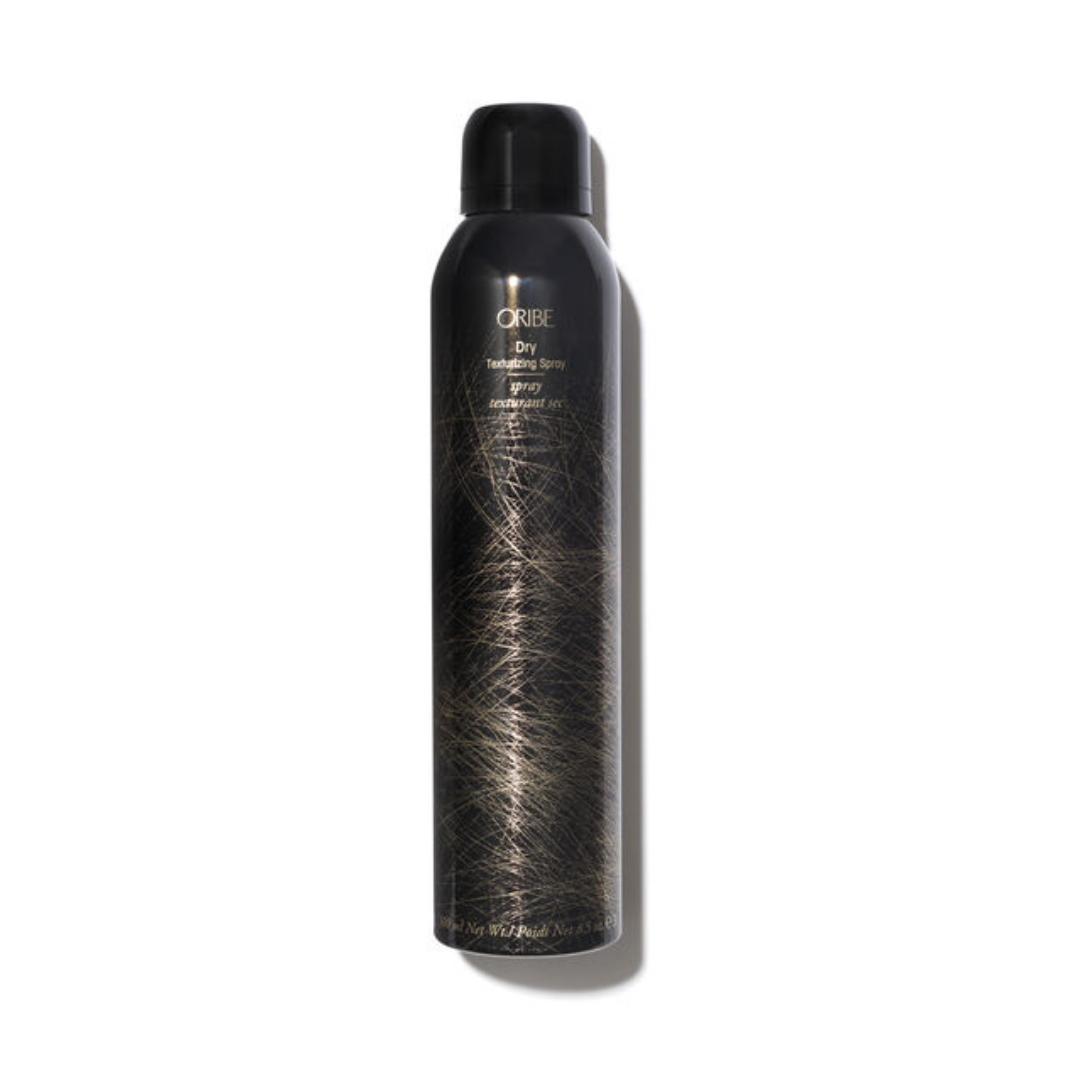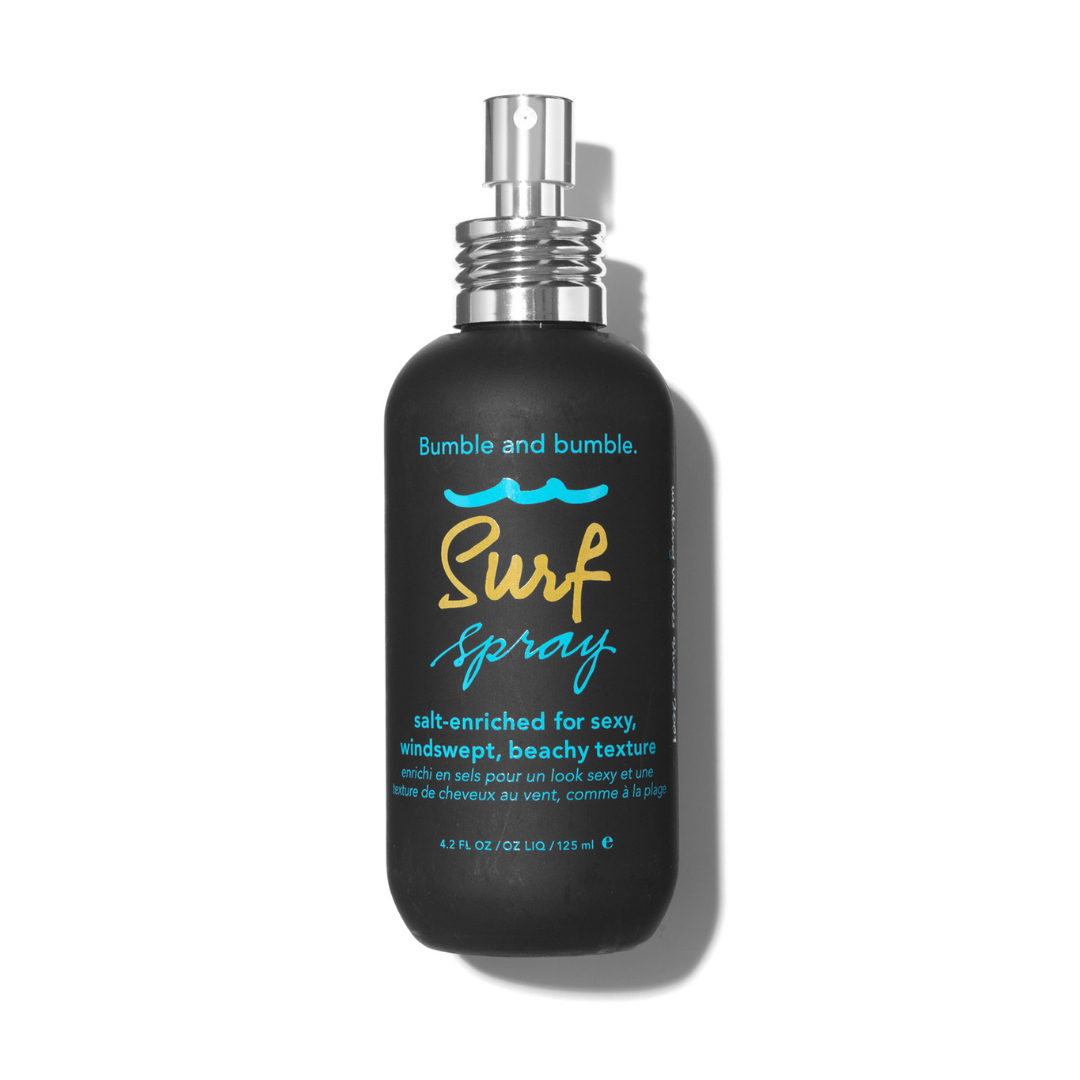Floating layers are proving *the* low-maintenance haircut to know about for autumn/winter
Sign us up


If a lower-maintenance hairstyle is your kind of thing, then floating layers should definitely be on your radar. Seen on countless celebs and one of the key hair trends for AW23, they are an easy route to a style that looks like you’ve put a lot of effort in (without, you know, actually putting a lot of effort in).
Bob hairstyles are great, but they do require frequent trimming to keep them at that shorter length, especially blunt bobs—which is not the case here. Ahead, hairdressers break down this look and how to make floating layers work for you.
What are floating layers?
Floating layers are about cutting sections around the head that sit separately from each other. Joel Goncalves, senior stylist at John Frieda Salons, says that by having that disconnection between the sections above and below, “[they allow] the hair to move to the shape of the head much more freely while sitting in shape for a longer time.”
“The layers are [usually] cut into three different levels, longer at the top and then getting shorter the further down the hair you go,” adds celebrity hairstylist Jay Birmingham. “This gives a natural, floating look. The different layer levels aren't connected, which makes the hair move freely and naturally looking.”
They can also be adapted to suit different hair types and thicknesses. “Floating layers work best on heavy hair,” Goncalves confirms, stressing that they are a technique rather than a set hairstyle and can therefore be used in pretty much any cut. "[But] for lighter hair, the sections are more acute so that the cutting technique doesn’t remove too much density out of the fine hair; this can also encourage more fullness to the finished style. On curly hair, the layers can be cut much shallower; this allows for more bulk to be removed, allowing the curls to [move] independently of each other.”
If you are thinking of asking for floating layers, Goncalves stresses: "[Make sure] your hairdresser is versed in the cutting technique, because the hair is cut rather than razored or sliced [and] the right amount of hair should be removed for weightlessness."
How to style floating layers
According to our experts, a cut with floating layers is pretty adaptable in terms of styling—but you don't need to learn to style your hair in a completely new way. “Feedback from clients is that the style becomes more flexible," says Goncalves. "Not as much styling is needed so styling becomes easier, the haircut lasts much longer than usual and the hair air dries really well.”
Celebrity news, beauty, fashion advice, and fascinating features, delivered straight to your inbox!
"Layers are great as you don’t need to use lots of styling products to add volume; the floating layers speak for themselves," says Birmingham, who agrees that they lend themselves well to air drying.
"Layers help with face-framing so if you are on a time crunch, [focus on] the front of your hair," he continues. If you're going for an overall smoother style, "Use a barrel brush and wrap your towel-dried hair around it, blow-drying the root of the hair for extra volume.” He adds that a sea salt spray can help add natural-looking texture, which is useful if your hair tends to fall flat.
Floating layers inspiration
A post shared by JAY (@jayb.hair)
A photo posted by on
A post shared by Kim Kardashian (@kimkardashian)
A photo posted by on
A post shared by Simone Ashley (@simoneashley)
A photo posted by on
A post shared by RITA ORA (@ritaora)
A photo posted by on
A post shared by Jennifer Lopez (@jlo)
A photo posted by on
The best products for styling floating layers

Lucy is a freelance beauty editor and contributor at Marie Claire, and has also written for titles including Cosmopolitan, Refinery29, Glamour and woman&home. She was previously Marie Claire’s junior beauty editor. During her career, she’s covered everything from backstage beauty at fashion week to interviews with famous faces like Drag Race royalty and Little Mix. As for her beauty ethos, she’s a big advocate for not having to spend a fortune on beauty products to get good results. When she’s not got beauty on the brain you’ll probably find her reading or Netflix-ing.



